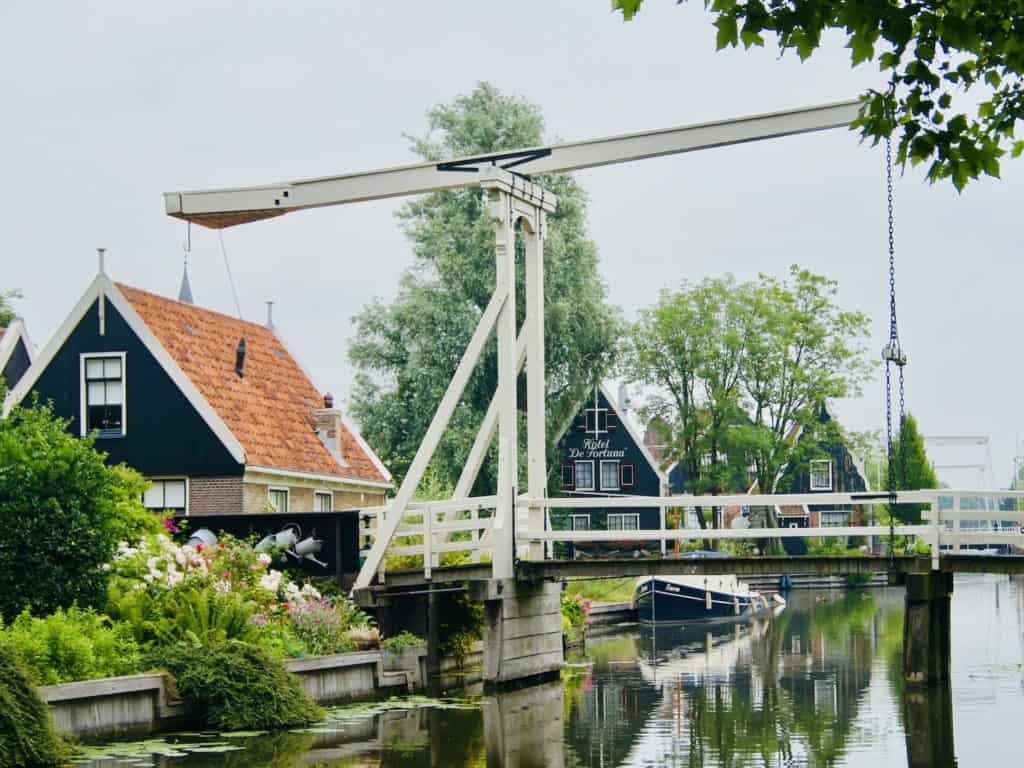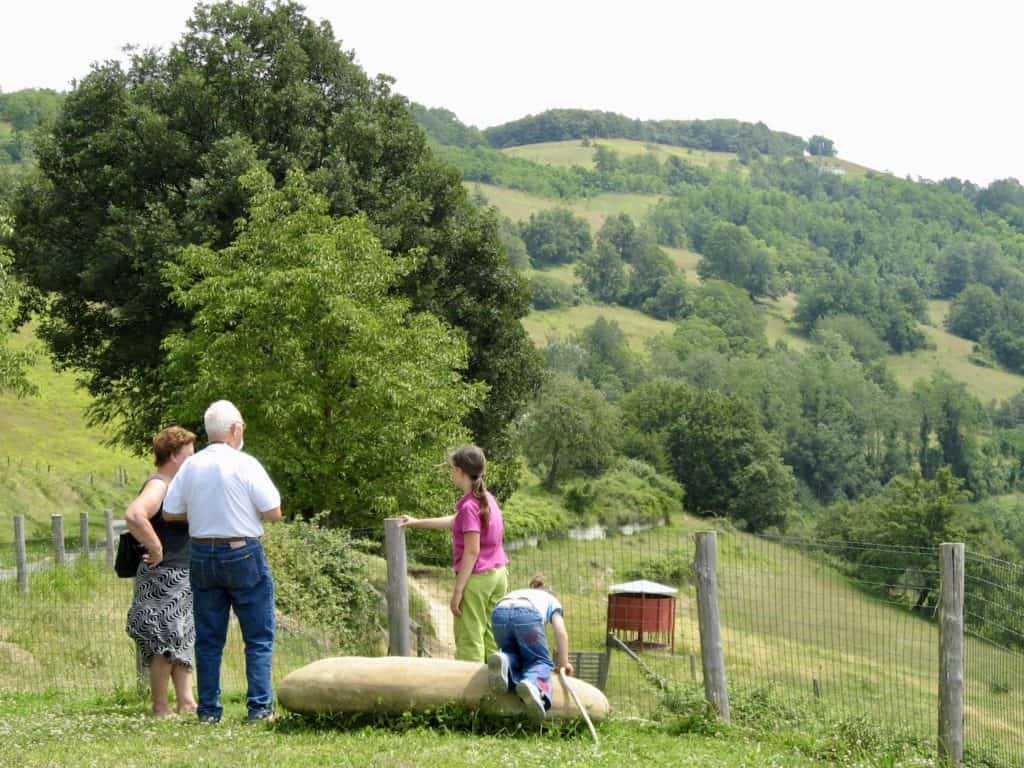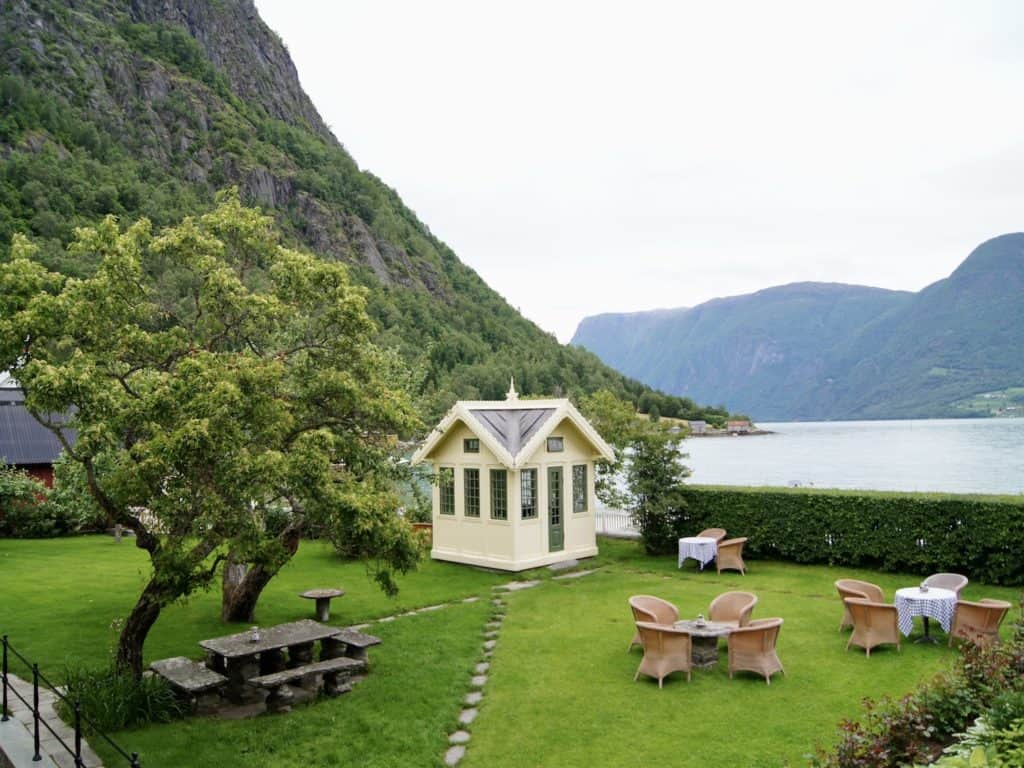Sicily’s history is a kaleidoscope of competing conquerors, including the Greeks, Romans, Arabs, Normans, and Italians. Its strategic location — at the crossroads of the Mediterranean Sea — made it a magnet for traders and invaders. Today, travelers flock to this picturesque island surrounded by three seas (Mediterranean, Ionian, and Tyrrhenian) for its natural beauty (and volcanos) and rich history. Sicily is less than two miles/three km west of mainland Italy, about 225 miles/365 km north of Malta, and not far from the northern African continent. Its location has created an exciting mix of civilizations and their cultures, food, languages, and customs.
See Sicily’s best spots in ten days along a circular route (from Catania’s airport) beginning in Ortigia and concluding in Taormina. (It can begin in Palermo, too.) This trip assumes you’ll rent a car for your journey exploring Sicily. You can make the trip using trains and buses, but driving a car is the best way to have flexibility in your schedule. It also allows you to stop when you want to grab a bite to eat or take in a spectacular view. My husband and I so enjoyed our trip to Sicily to soak in some fascinating world history and relax at several scenic seaside spots.
Map of Sicily

UNESCO World Heritage Sites in Sicily
This itinerary includes six UNESCO World Heritage Sites. Such sites are deemed to have special significance in various areas, including culture, human settlements, natural beauty, and buildings/structures.
- Syracuse (including the island of Ortigia)
- Modica, Noto, Ragusa, and the other Late Baroque Towns of the Val di Noto
- Villa Romana del Casale, Piazza Armerina
- Valley of the Temples in the Archeological Area of Agrigento
- Arab-Norman Palermo and the Cathedral Church of Cefalù
- Mt. Etna
Syracuse / Ortigia
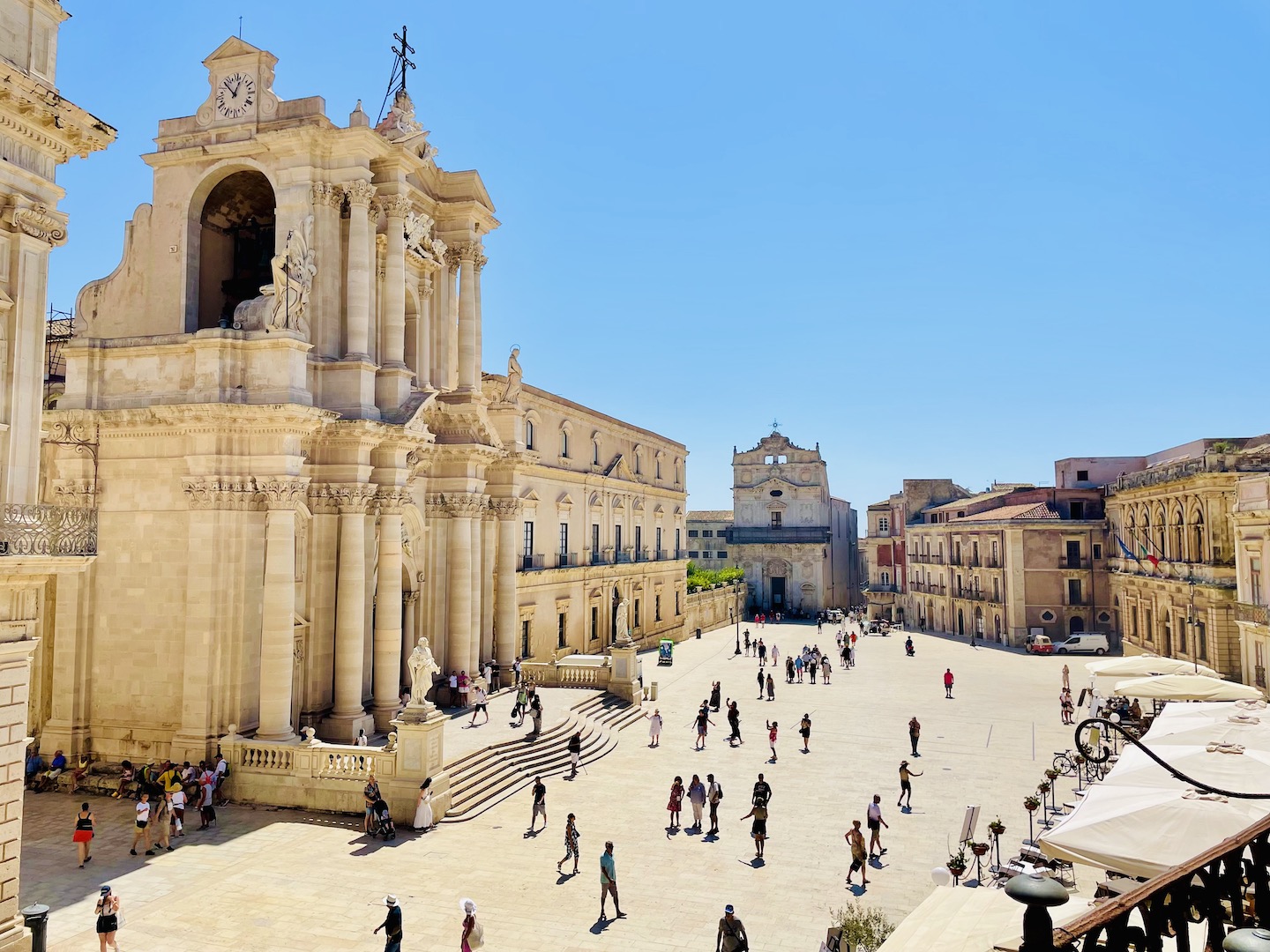
Nestled near the southeast corner of Sicily, Ortigia is actually an island connected to Syracuse (Siracusa in Sicilian) by two short bridges. Both areas are interesting places to visit, but Ortigia has more to delight visitors: beautiful sea views, some historical sites, a delightful outdoor market, and a variety of shops and restaurants. Plus, Ortigia is entirely walkable, and you’ll want to see the Temple of Apollo, the street market, the Siracusa Cathedral (photo above), and Piazza Duomo, the square outside the cathedral. Besides strolling through town, you might consider swimming in the sea or taking a boat ride to tour Ortigia from the water and visit some caves. (My husband and I used a small “Love Boat” vessel docked along Via le Mazzini near the Grand Hotel Ortigia, which was fun, but several options exist.)
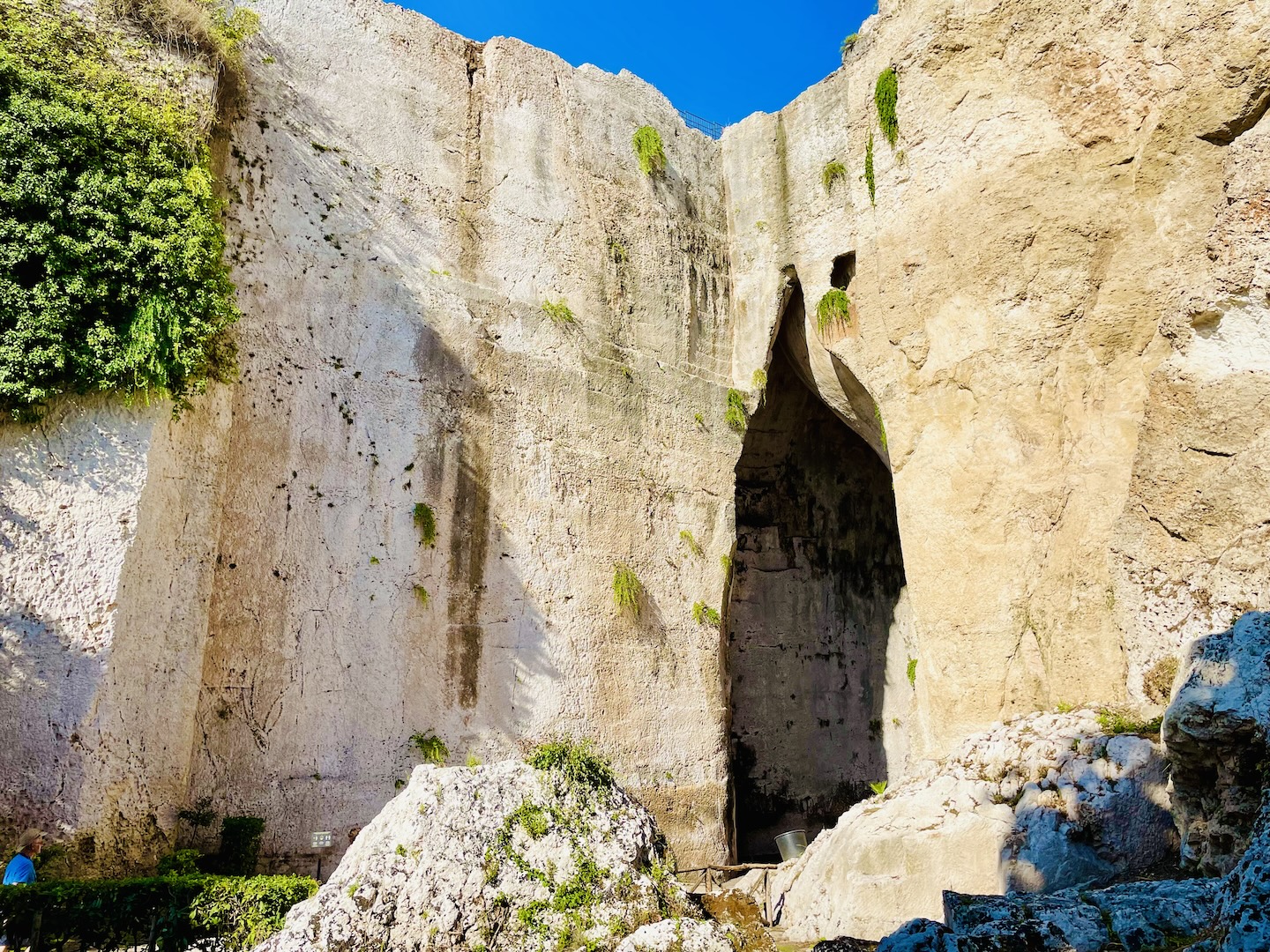
Make Ortigia your home base, and visit the sites in Syracuse that interest you. One important one is the Neapolis Archaeological Park (Parco Archeologico della Neapolis), which boasts impressive ruins and a fascinating, yet unsavory, history dating from Greek and Roman times. In conjunction with that visit, you may want to visit Paolo Orsi Archaeological Museum (Museo Archeologico Regionale Paolo Orsi) to view artifacts from prehistoric times through the Roman era. I’d suggest you arrange to visit the archeological park with a tour guide to get the most out of your visit. If you decide to take a tour, you can do an online search for “Neapolis Archeological Park tours.” Plan your tour online ahead of time and request an early tour (to beat the crowds).
Baroque Towns (including Noto, Ragusa, and Modica)
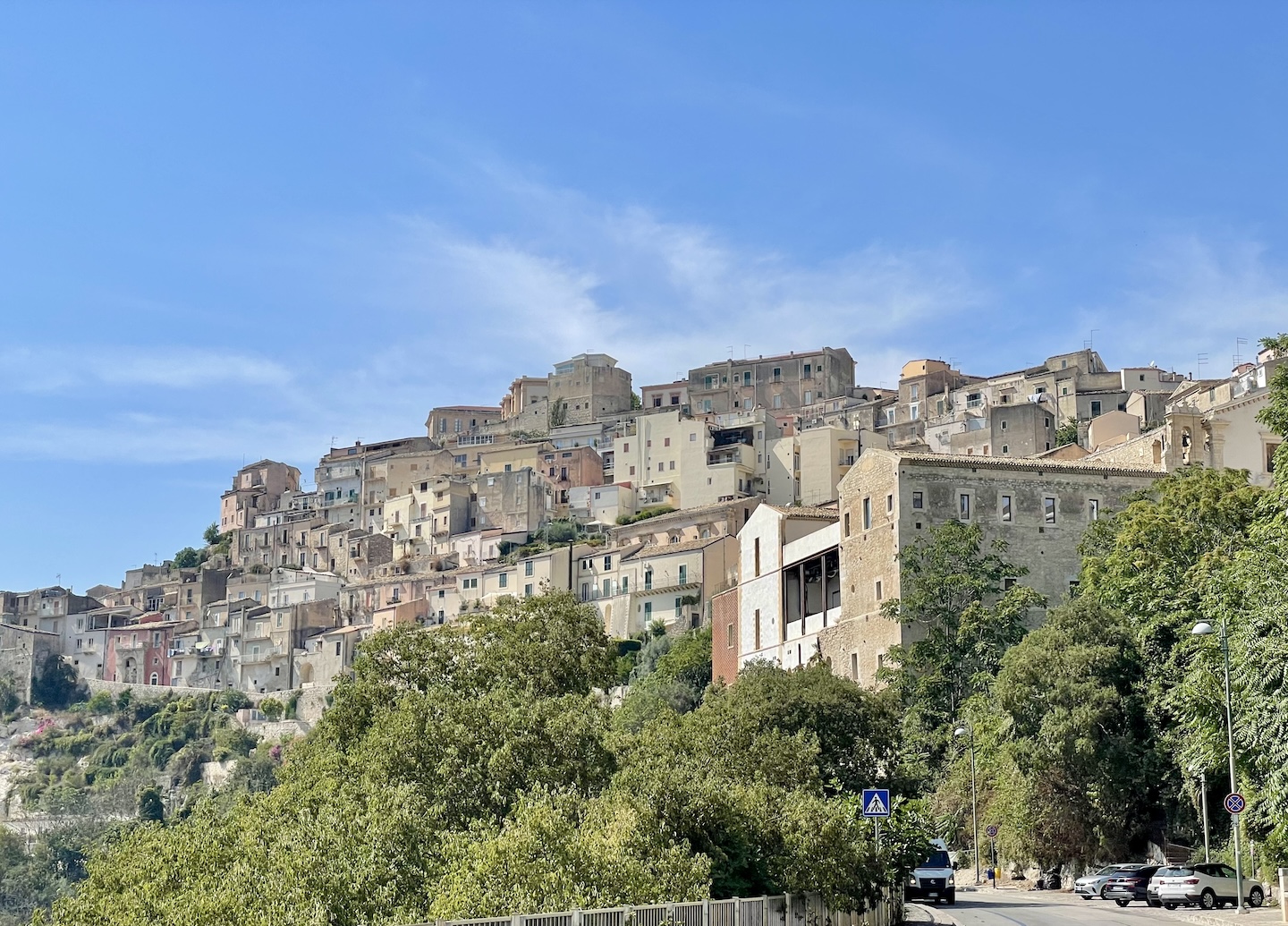
These small Baroque hilltop towns between Syracuse/Ortigia and Piazza Armerina were rebuilt after a devastating 1693 earthquake. Together, they comprise a UNESCO World Heritage site: “Late Baroque Towns of the Val di Noto.” The eight towns are Caltagirone, Militello Val di Catania, Catania, Modica, Noto, Palazzolo, Ragusa, and Scicli.
Piazza Armerina
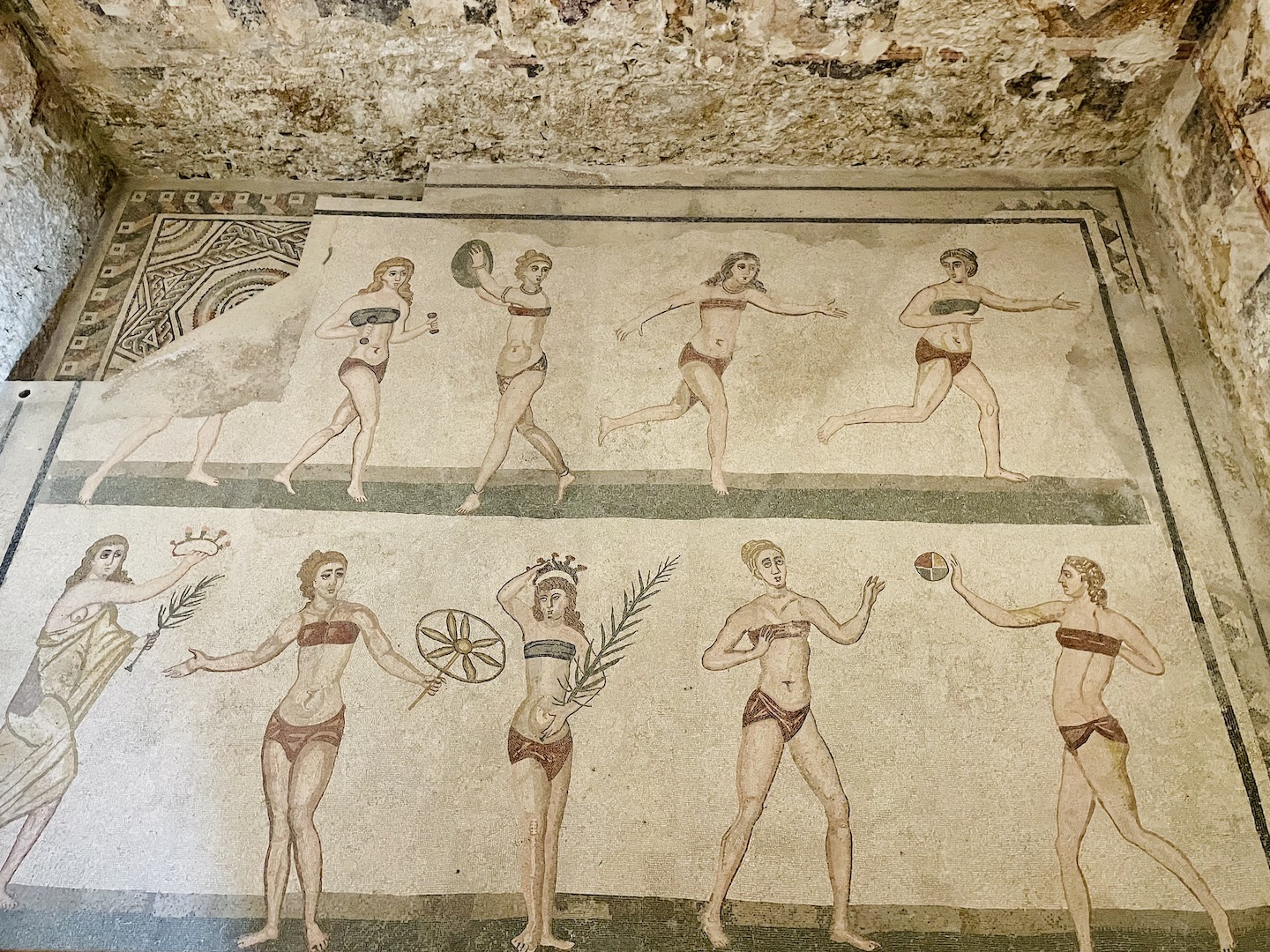
Located inland a bit, the Villa Romana del Casale, a UNESCO World Heritage Site, was a highlight of our trip to Sicily. Here, you’ll find elaborate mosaics throughout the many rooms that once made up a Roman governor’s home and administrative center. Expect to spend 2 hours or so here. It gets crowded, so the walk through the interior takes some time. The signage in English throughout the property was quite good, and it can easily be toured independently. Shuttle buses are available from Piazza Armerina.
Agrigento
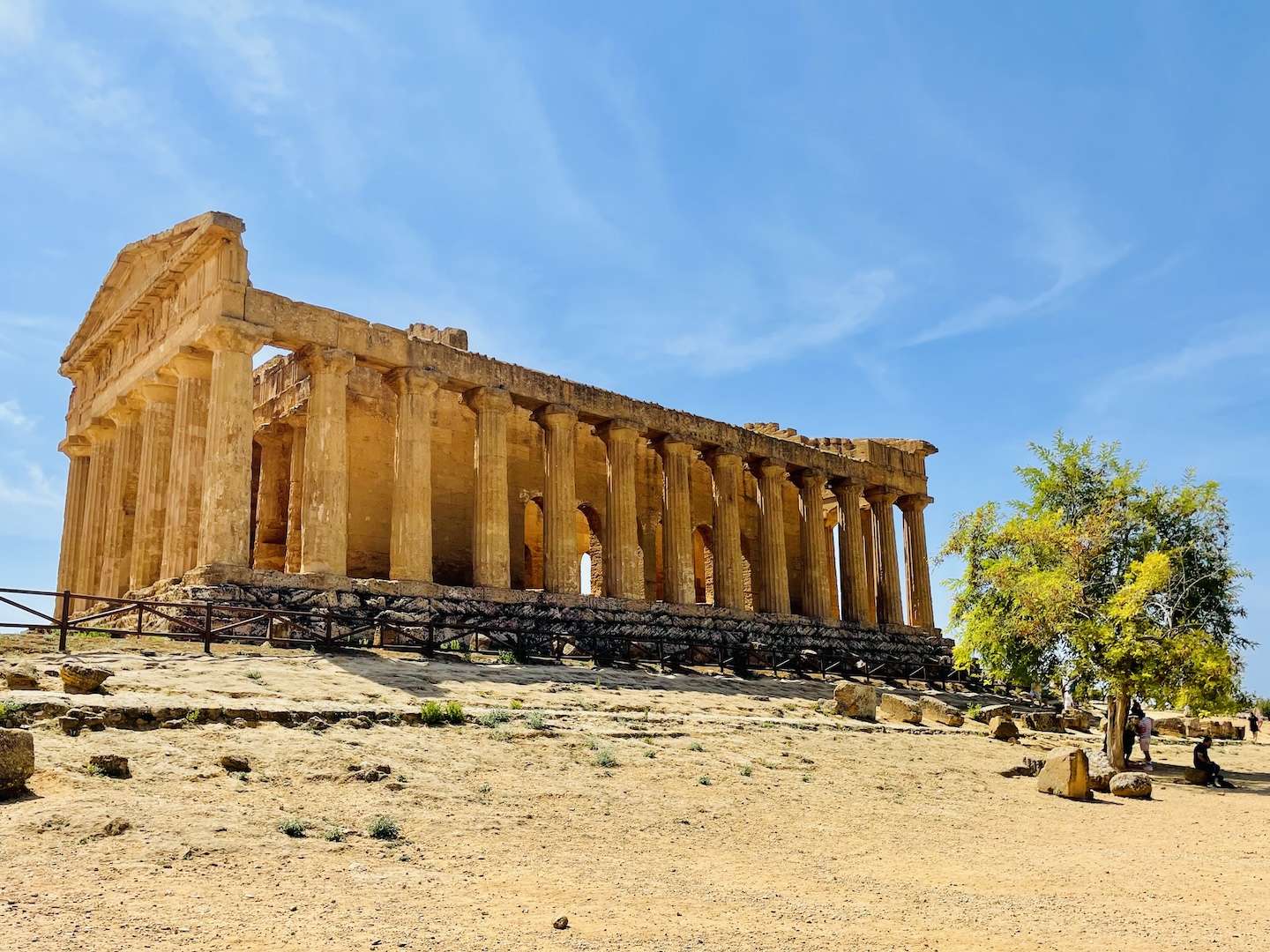
The highlight of Agrigento is indeed the Valley of the Temples Archaeological Park, a UNESCO World Heritage Site, plus the adjacent Pietro Griffo Archaeological Museum and Kolymbethra Gardens. This area was once one of the most important cities of Magna Graecia (“Great Greece”), dating to the 5th century BCE.
At the Valley of the Temples (situated on a hilltop above the Mediterranean Sea with lovely water vistas), you’ll find the ruins of Doric temples honoring different Greek gods, burial chambers (now empty), and a memorial garden to more recent Sicilians who positively contributed to society. The museum boasts related artifacts. Finally, there are the Kolymbethra Gardens on-site, featuring historical gardens and groves of trees. The archeological park, museum, and gardens are open daily.
Palermo
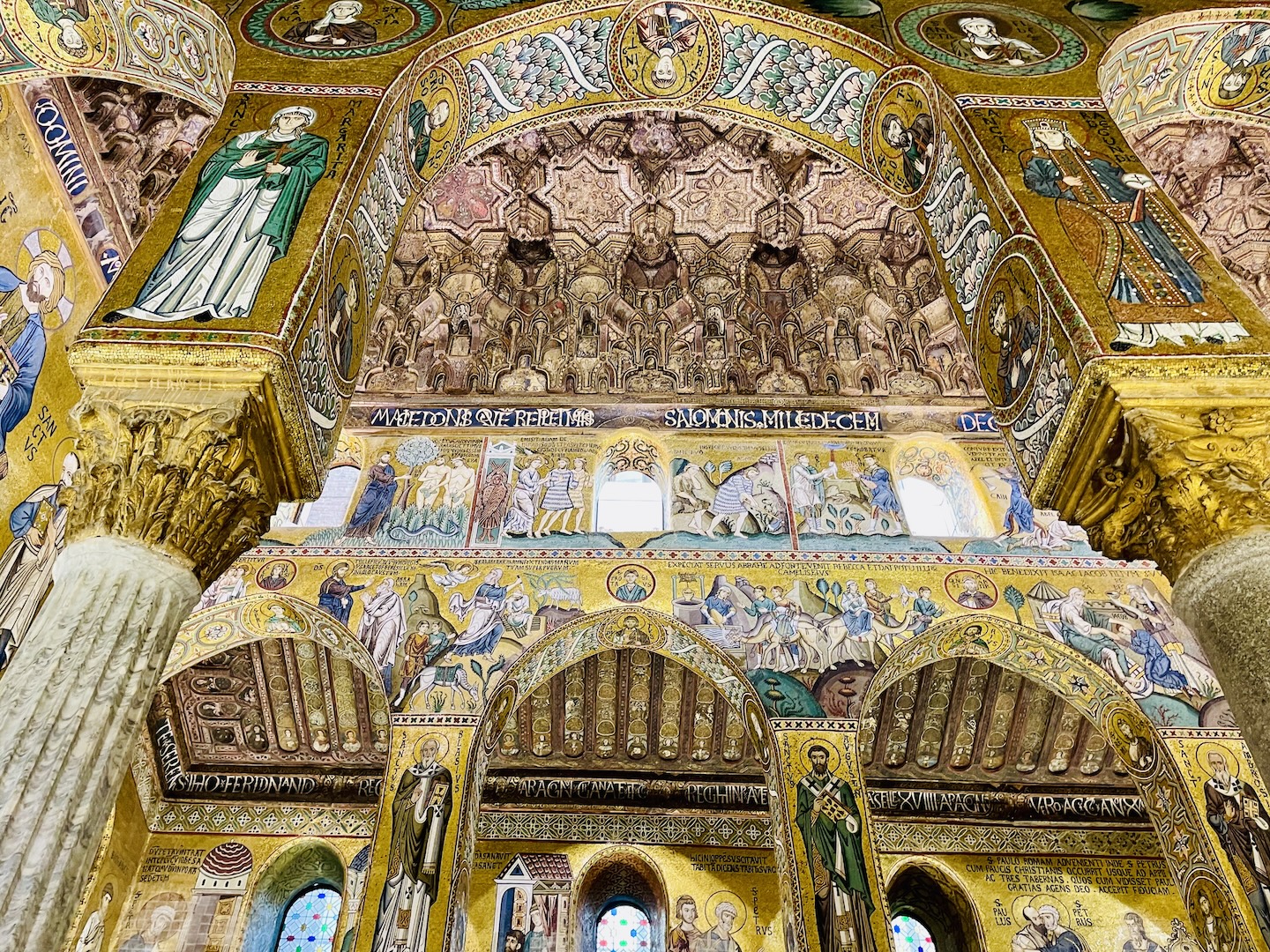
Beyond its somewhat gritty, rough-around-the-edges facade (some of that due to lasting World War II damage), Palermo has some treats for visitors. If you are driving, check with your hotel about where to park, and then forget your car for your stay in Palermo. Walk the city, explore the neighborhoods, and consider visiting some of these gems:
- Galleria Regionale della Sicilia showcases works by Sicilian artists and is located in a 15th-century palace. Since its pieces date from the Middle Ages to the 18th century, visitors will notice various influences from other cultures. If stopping here, stroll through the adjacent Giardino Garibaldi park for a relaxing stroll around the towering banyan trees and the promenade by the nearby port (Porto Antico della Cala), where various sailboats and other small craft are moored.
- Monreale Cathedral is part of a UNESCO World Heritage Site built in the 12th and 13th centuries. It features a grand representation (about 70,000 square feet) of biblical stories using glass mosaics. Monreale Cathedral is located about 6 miles/10 km outside Palermo. There is an adjacent cloister and gardens.
- Museo Archeologico Regionale displays Greek and Roman artifacts.
- Palatine Chapel (Cappella Palatina) is the city’s top tourist attraction, and rightly so. It’s located in the Palazzo dei Normanni and features a unique blend of cultures, including Arabic and Norman influences in its gold mosaics, marble floors, and beautiful wood carvings.
- Palazzo dei Normanni dates to the 9th century and is home to the island’s regional parliament, the Palatine Chapel, and the royal apartments.
- Palermo Cathedral (Cattedrale di Palermo) is a towering structure built to claim attention from the Monreale Cathedral. Its dominant presence lures visitors inside to view Norman tombs and the treasury that holds, among other things, Catherine of Aragon’s 13th-century crown.
- Teatro Massimo is the second-largest opera house in Europe and the largest in Italy. The building’s opulent interior is magnificent.
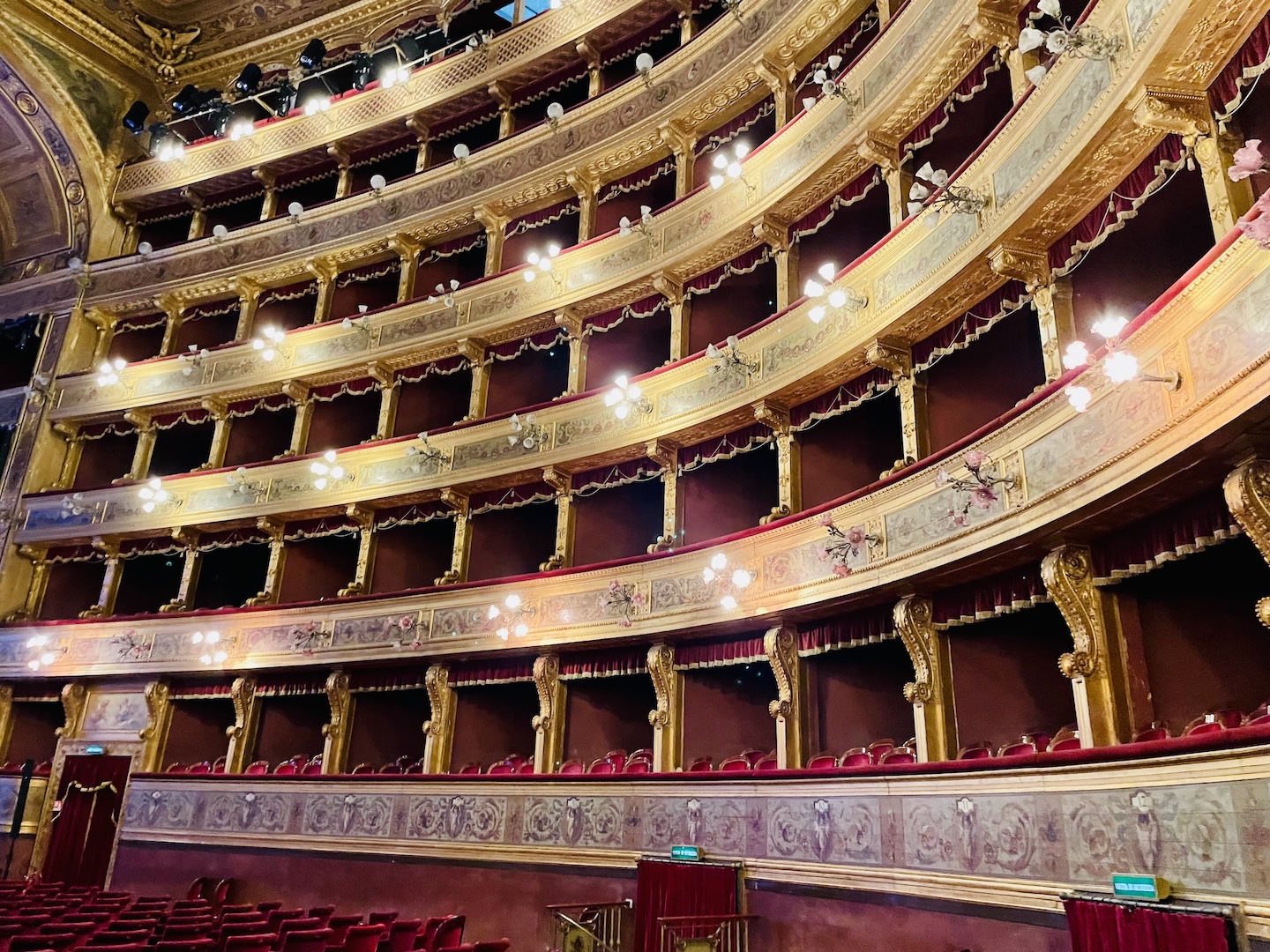
Like most other places in Sicily, I recommend booking guided tours in English (by searching online); some are billed as “skip the line” tours. The Palatine Chapel (including the Palazzo dei Normanni) demands a guided tour to learn the diverse historical components depicted in the lavish religious artwork within.
Cefalù
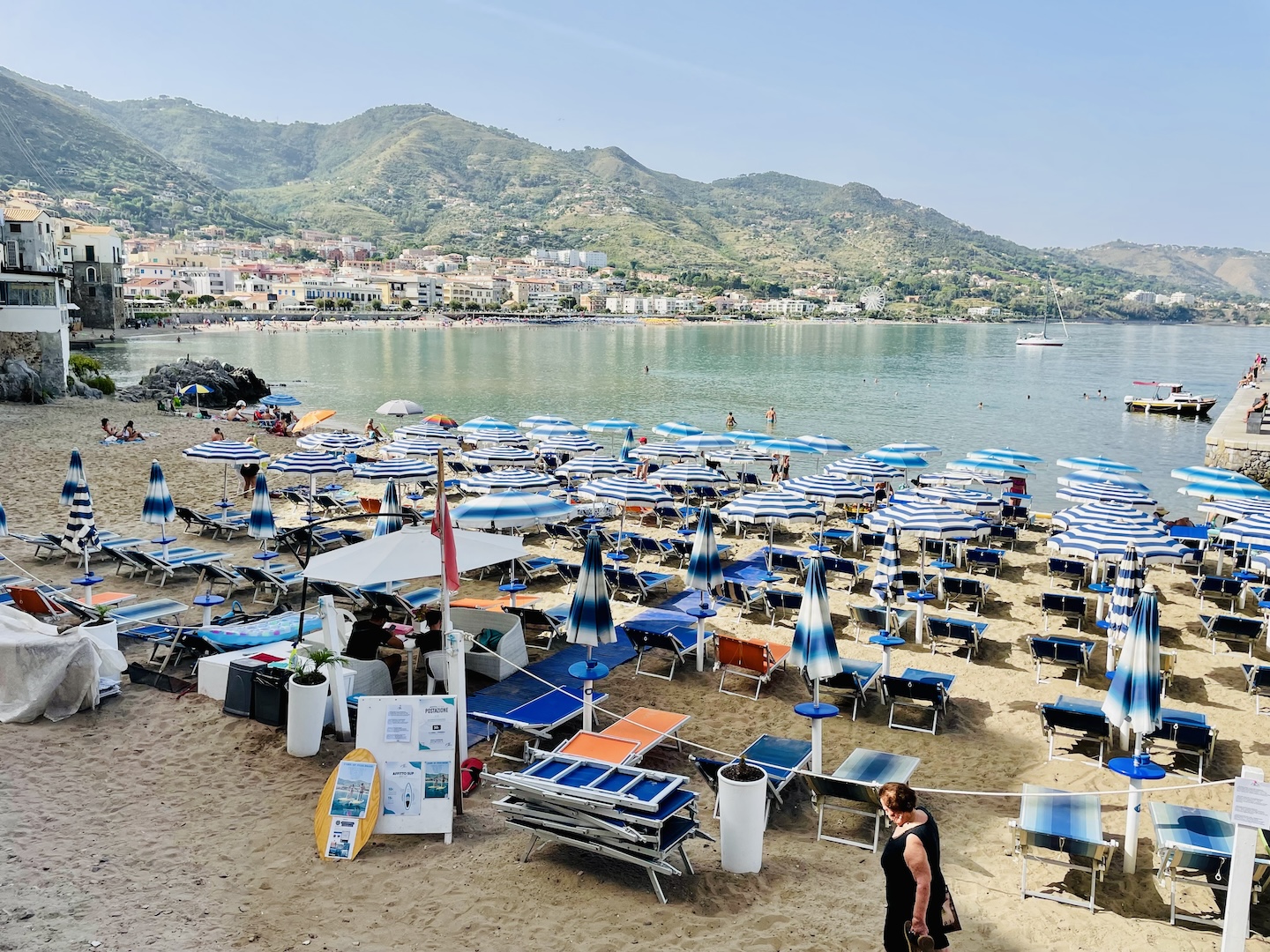
Beautifully situated on the Tyrrhenian Sea on Sicily’s northern coast, charming Cefalù will surely win your heart. What makes Cefalù special?
- Its seaside location is a huge draw, and its Spiaggia di Cefalù crescent-shaped beach is inviting. Pack your swimsuit!
- The town is alluring, with ancient narrow streets and locals going about their days while laundry waves in the open air to dry outside apartment buildings.
- The medieval baths (lavatoio medievale) along Via Vittorio Emmanuele preserve the 16th-century stone wash basins used by locals to do their laundry by hand – for some, until the 1950s. This is a quick stop down some steps along Via Vittorio Emmanuele (not far from the beach).
- The towering cathedral, Cathedral of Cefalù, was built in the 12th century and vied with the Palatine Chapel (in Palermo) and Monreale Cathedral (outside Palermo) for supremacy. Inside, you’ll find rich displays of Byzantine mosaics. Visiting the cathedral is free, but consider buying a ticket to visit the cloisters and/or to walk up inside the two towers for views of the cathedral along with town and sea views. Stop in the Piazza del Duomo for lunch or gelato.
- La Rocca is an imposing presence over Cefalù. You can walk up to the top, following signs for Tempio di Diana.
The historical center of Cefalù is best reached on foot after parking your car (perhaps at the train station). I’d be tempted to overnight in this delightful spot. If you have the time, why not consider adding it to your itinerary?
Taormina
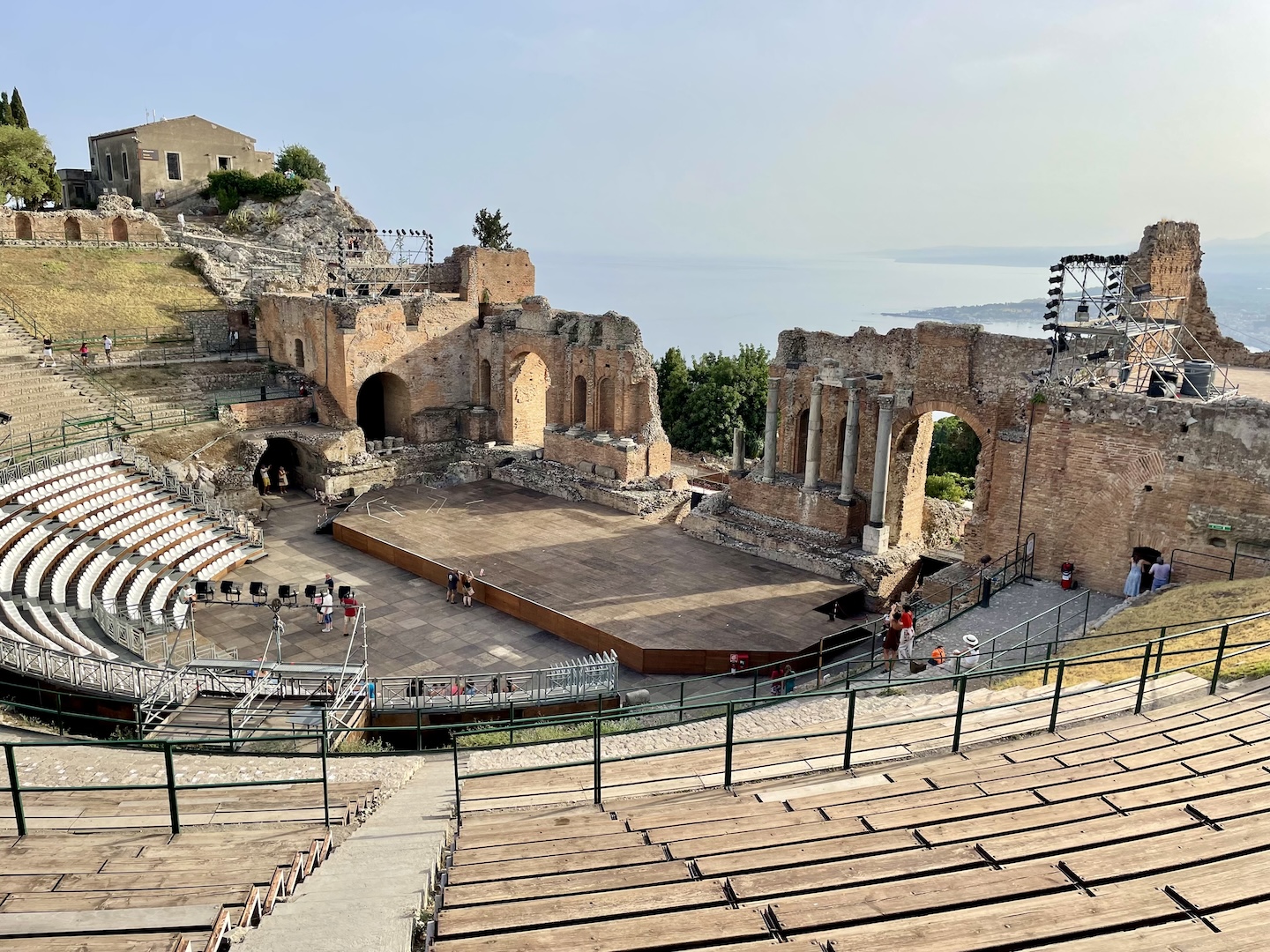
One of Sicily’s top tourist destinations is Taormina, which sits atop a mountainside. People have lived here since the 4th century BC, but today it’s unabashedly touristy. Very touristy. Nonetheless, it’s a beautiful spot and worth a visit. The historical highlight here is the Teatro Greco, a Greek theater with views of the sea and Mt. Etna. It’s the second-largest Greek theater in Sicily (after the one in Syracuse). There are performances there in the summer.
Other Taormina highlights are the gorgeous sea views from Piazza IX Aprile and the Giardino dell Villa Comunale (public gardens), a gondola ride to the beaches, people-watching, shopping, and dining. If you have the time, sit at a café’s outdoor table and watch the world go by!
From Taormina, visit towering Mt. Etna (a World Heritage Site), still an active volcano and a captivating place to visit, walking around and in craters, and trekking up close to its peak (if you dare!).
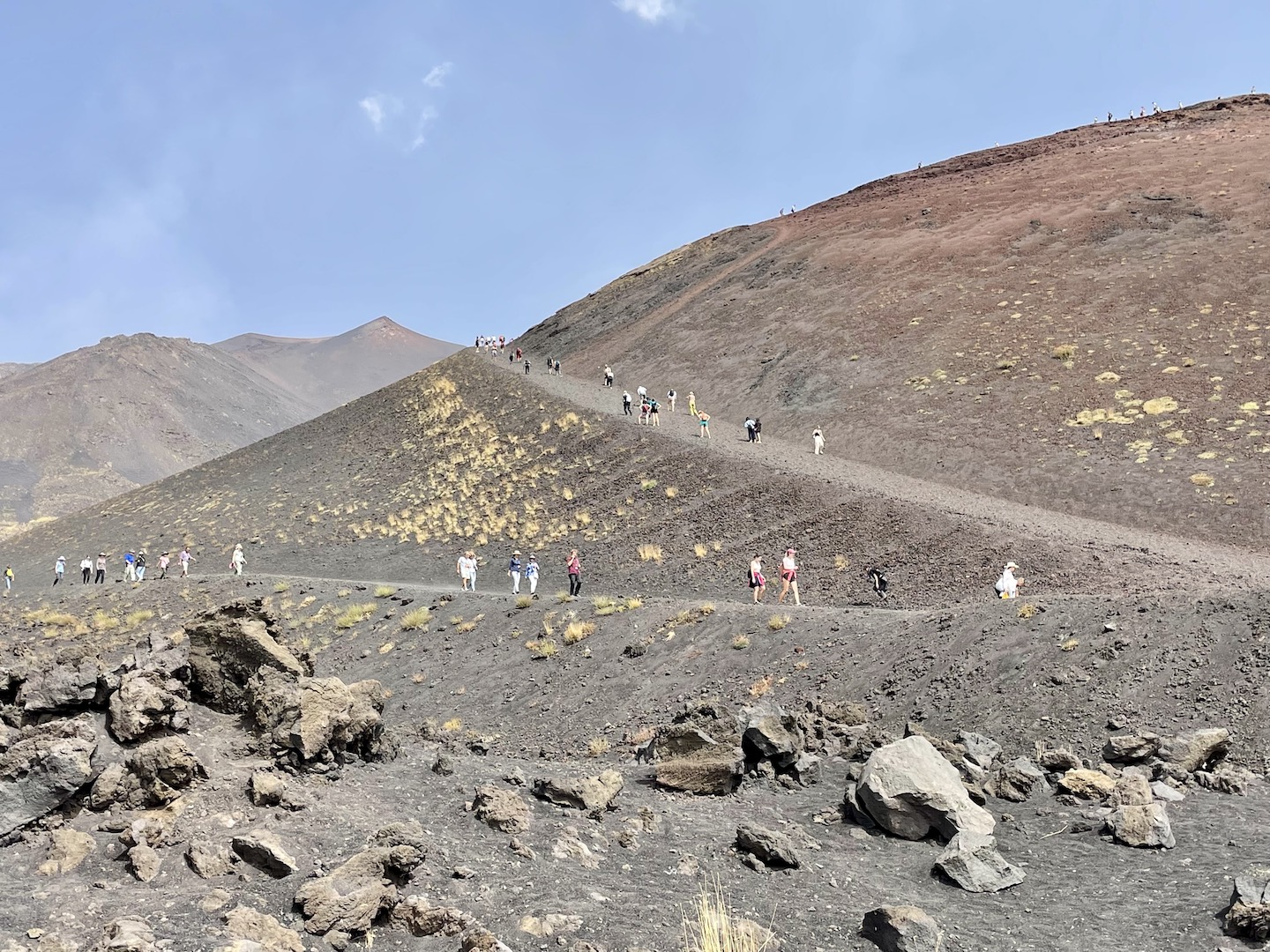
Tips for Your Visit to Sicily
- Although Sicily is beautiful year-round, the best times to visit Sicily are in the spring (April to June) and fall (September and October). The summer brings hot weather and crowds.
- Sicily’s two largest airports are in Palermo and Catania. (I prefer using Catania as it’s close to the most desirable beginning and ending points of the itinerary.)
- There are ferries from major Italian ports like Genoa, Naples, and Sardinia as well as across the 1.9 mile/3 km Strait of Messina. Ferries are also available from Malta and Tunisia.
- Do not expect a lot of locals to understand or speak English well. Use the handy Google Translate app to help you interact with them.
- Book your accommodations and guided tours as soon as you know when you’ll travel. Also, set a reminder on your calendar of cancellation deadlines if your plans change.
- Check the schedule for open-air performances at Syracuses’s amphitheater and Taormina’s Teatro Greco.
- Water is safe to drink in Sicily.
- Pack adaptors, as Italian plugs have two or three round pins.
- Be prepared for the heat in the warmer months with a sun hat, sunscreen, and a daily supply of water.
- Bring good shoes for walking (you’ll do a lot!) and for uneven terrain, like at the Valley of the Temples.
Related Articles
Articles about Sicily
- Villa Romana del Casale, Piazza Armerina
- Visiting Mt. Etna, Sicily: What You Need to Know
- Visiting Sicily: A Perfect 10-Day Itinerary to See the Highlights (a more detailed driving itinerary)
Trip Planning Articles
- Best Apps and Websites for Savvy Travelers
- Expert Tips for Traveling to Europe for More Fun, Less Stress
- Exploring Italy: Piedmont, Cinque Terre, Tuscany, Amalfi Coast, Pompeii, Naples, Rome, Sicily
- Google Translate Guide for Travelers
- Top Tips for Driving in Europe
- Top 10 Tips for Renting a Car in Europe
- Travel Planning Timeline
Final Thoughts
Sicily is a pure delight. A trip there easily mixes visits to fascinating ancient historical sites with welcoming people, a diverse culinary scene, and plenty of opportunities for relaxation in idyllic seaside spots. My favorite places to simply enjoy a town, walk the streets, and soak in the culture were Ortigia and Cefalù. Villa Romana del Casale was a fascinating trip back to the Roman era. Taormina is right behind Ortigia and Cefalù in my book, although it is quite touristy. I found Palermo a bit gritty, but I wouldn’t trade our visit to the Palatine Chapel and the Teatro Massimo for being somewhere else.
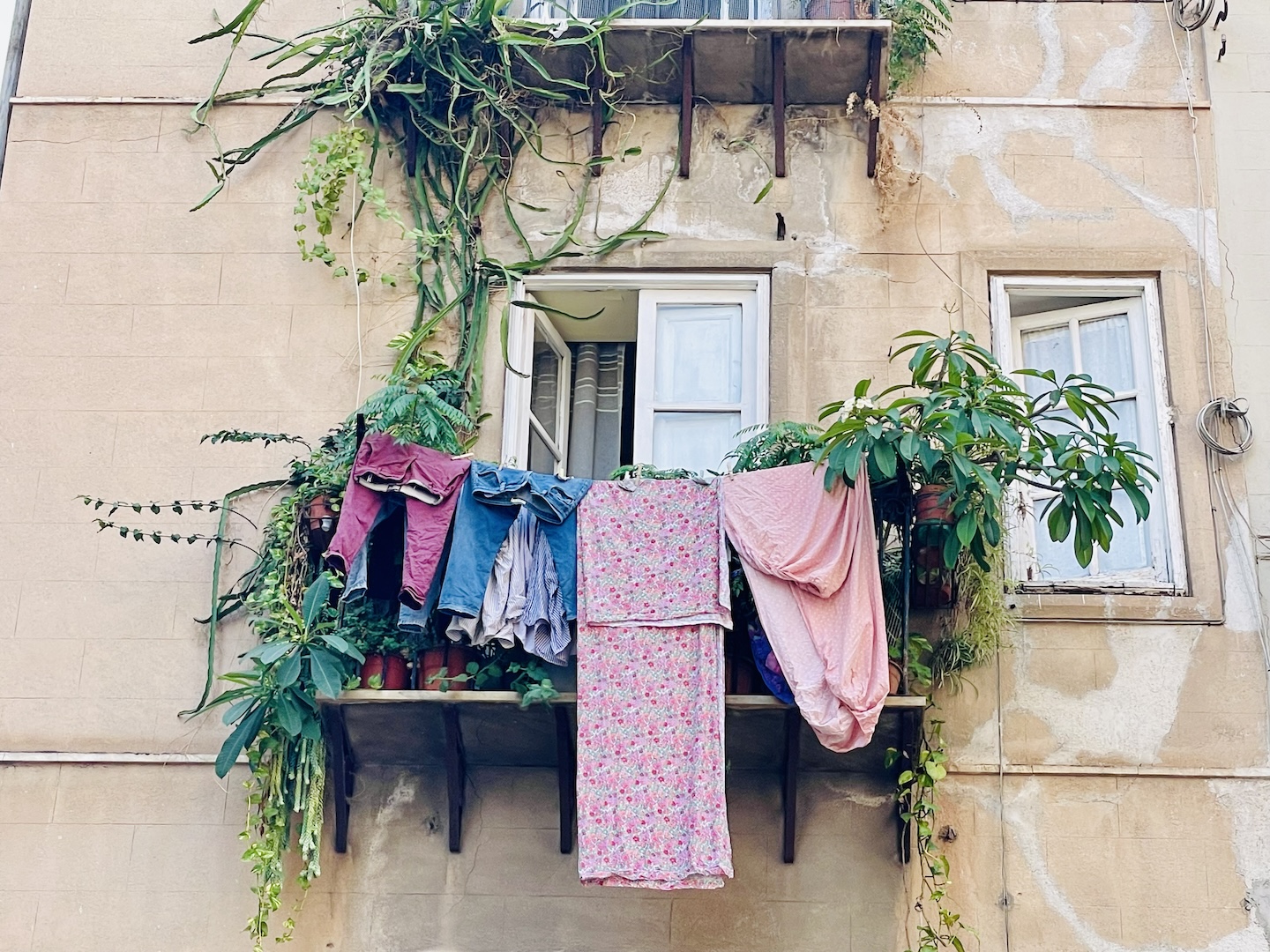
Exploring Sicily offers diverse experiences, including the historical sites reaching back to ancient times (including six UNESCO World Heritage Sites), Mt. Etna, and the beaches.
One thing I find charming is to see how locals live. For example, looking up while strolling through Palermo, I saw laundry draped on balconies outside windows to dry in the breeze. Also, in Cefalù, I stopped to watch a man delivering fruits and vegetables from outside via pulley and basket to the homemakers in their third- or fourth-floor apartments. The homeowner sent money down in a basket and, via some loud conversations, ordered what she wanted. Then, the man replaced the money in the basket with the desired produce.
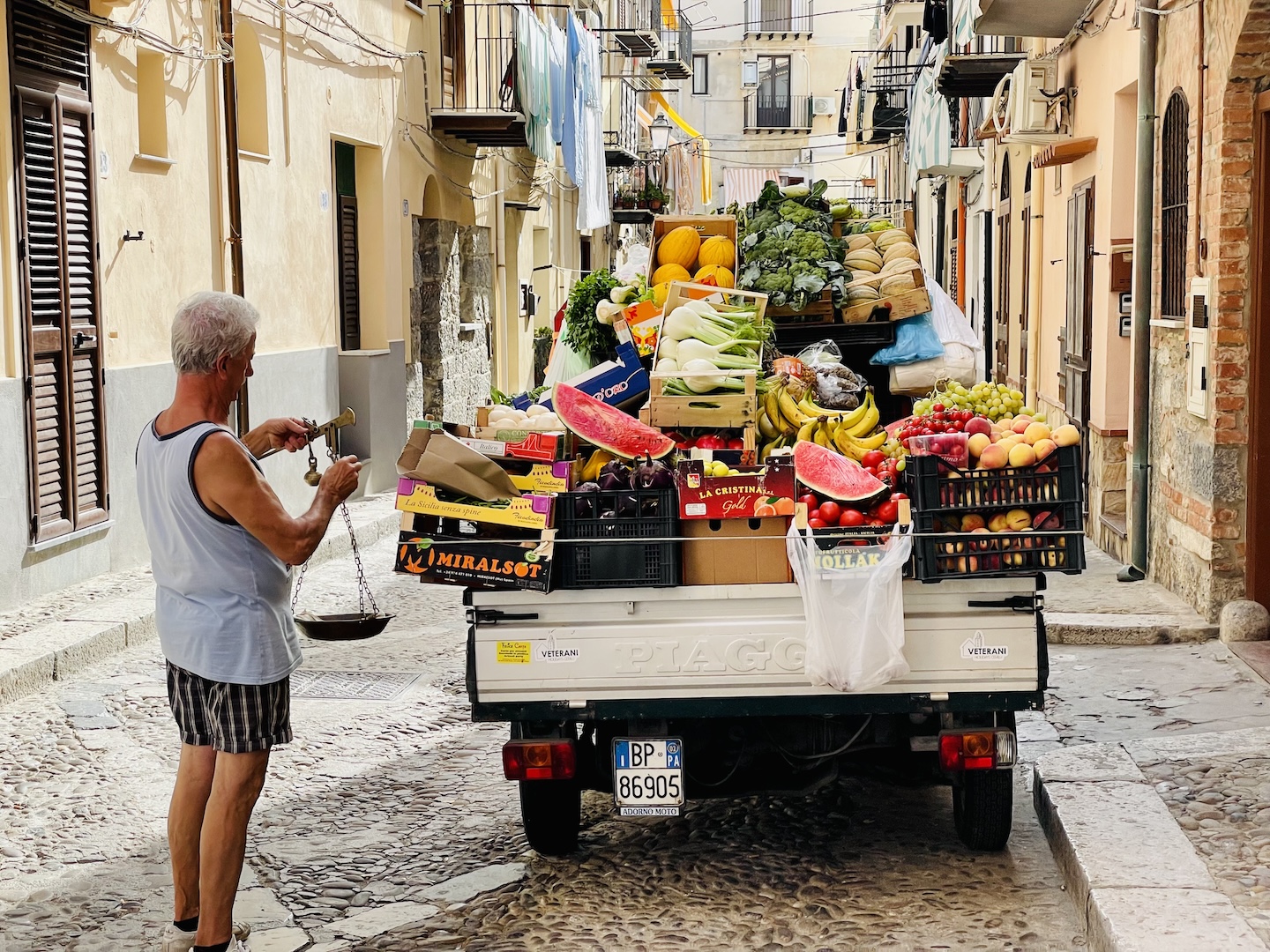
As mentioned, I highly recommend finding guided tours of these historical sites as the history will come alive for you. You’ll better understand a place and its past with a tour guide. Reading a guidebook and informational signs can only get you so far.
Comments?
Feel free to share your suggestions for visiting Sicily. Your ideas could be helpful to other travelers. Thanks! 🙂

